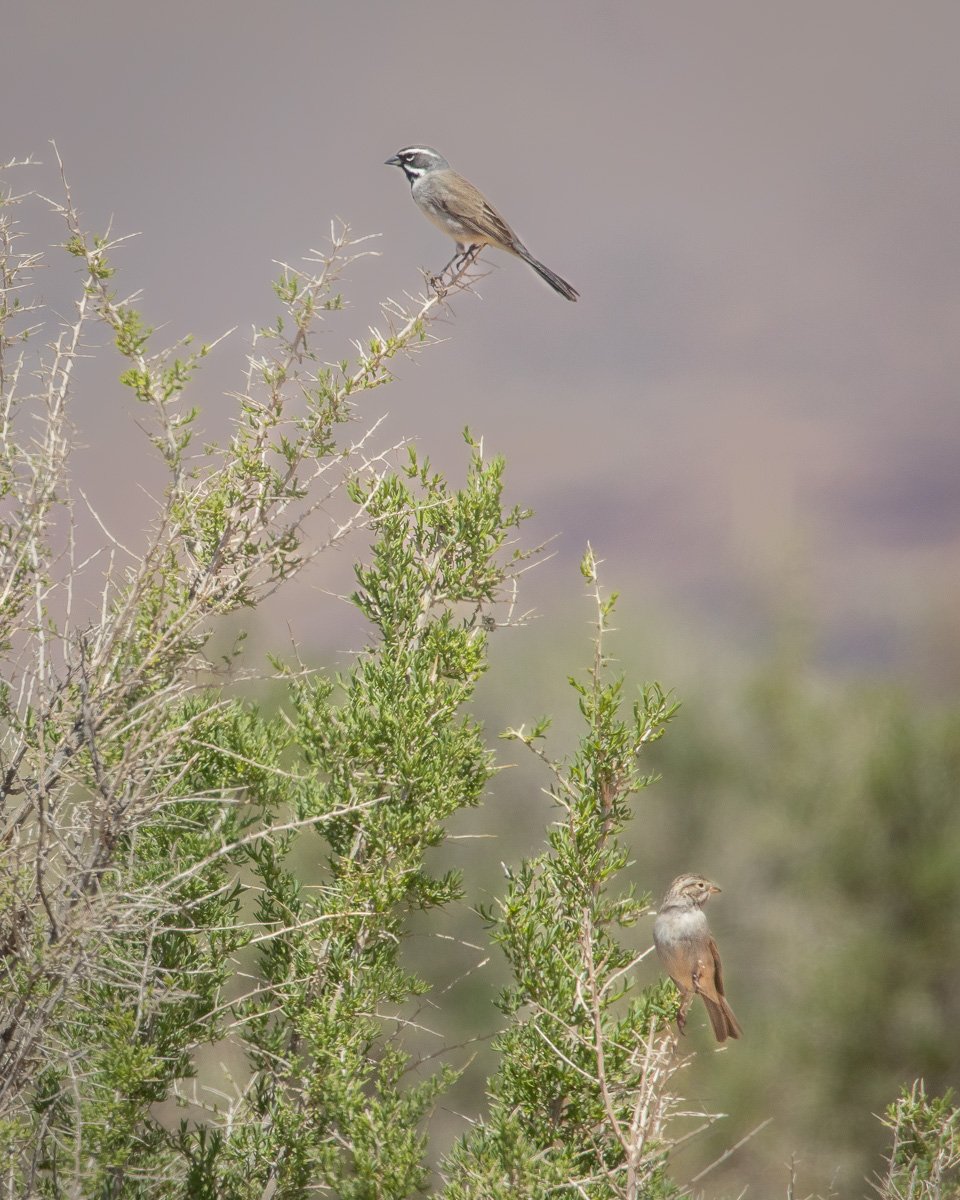On our trip to the Southwest, many souls greeted us along the way. As I plotted the trip, I noticed a national wildlife refuge near the route in Kansas, so it became a sunrise stop.
President Theodore Roosevelt established the first national wildlife refuge at Pelican Island in Florida in 1903. Today, over 150 million acres are designated as NWRs, and it is one of the best funded agencies, in part because contributions by duck hunters and other sportspeople. It was a bit surprising to see lots of birds I was familiar with from the Florida coast enjoying the wetlands of central Kansas.
Lesser Yellowlegs and Blue-winged Teal
Wetlands were a surprisingly large component of the Great Plains until agriculture interests sought to tame and reduce them. Some farmers are reversing the trend, but protected public lands still are the major sources of wetlands.
Least Sandpiper, Quivira National Wildlife Refuge, Kansas
The day before we stopped at another fragment of what had once been the dominant feature of North America. Prairie once covered 170 million acres of what is now the U.S.. Within a generation, most was gone. Less than 4% remains.
Bison, Tallgrass Prairie National Preserve, Kansas
In 1996, the National Tallgrass Prairie Preserve was created to help protect nearly 11,000 acres. While the National Park Service manages the land, nearly all is privately owned, most by the Nature Conservancy. Pets are restricted to certain areas—in part to stay away from bison—so we were surprised when these fellows were on the trail. Chance wanted to herd them, but he stayed on the leash and we gave them a wide margin. We saw several Northern Harriers hunting across the hills.
Northern Harrier, Tallgrass Prairie National Preserve
Bent’s Old Fort National Historic Park preserves the 1840s trading post that was on the Santa Fe Trail. The fort is exceptionally dog friendly, and it seemed every ranger working there owned a dog, and Chance had to meet every one of them. Not quite wildlife, but both Chance and I jumped when we turned a corner and this fellow yelled at both of us.
Bent’s Old Fort National Historic Site, Colorado
Plenty of bird songs accompanied us on the trails at Bears Ears National Monument. Most were down in the washes where trees, reeds, and other vegetation provided cover, but many perched in the nearby scrub.
White-crowned sparrow, Bears Ears National Monument, Utah
Black-Throated and Brewer’s sparrows, Bears Ears NM
Chance’s favorites on the trails, however, were the lizards who darted between rocks and under roots.
Collared Lizard, Bears Ears National Monument
As with Kansas, I was surprised by the beautiful areas in Oklahoma. Black Kettle National Grasslands surrounds Washita Battlefield National Historic Site. Chief Black Kettle was present at the Sand Creek Massacre in Colorado in 1864 where 150 to 200 Cheyanne were slaughtered. He rescued his wife who was shot nine times. Both of them would be killed by George Armstrong’s troops at Washita creek in 1868. The bird songs are a haunting chorus through the battlefield site.
Dickcissel, Washita Battlefield National Historic Site, Oklahoma
















